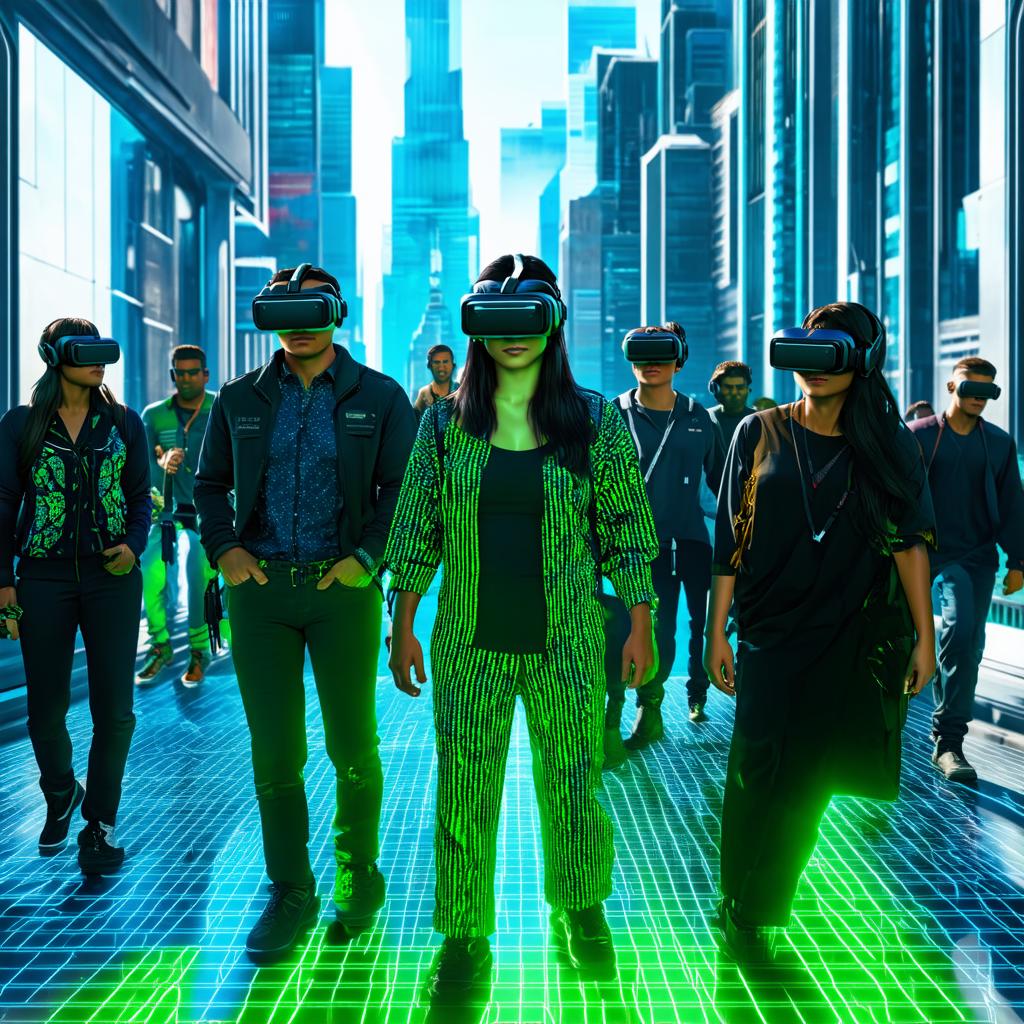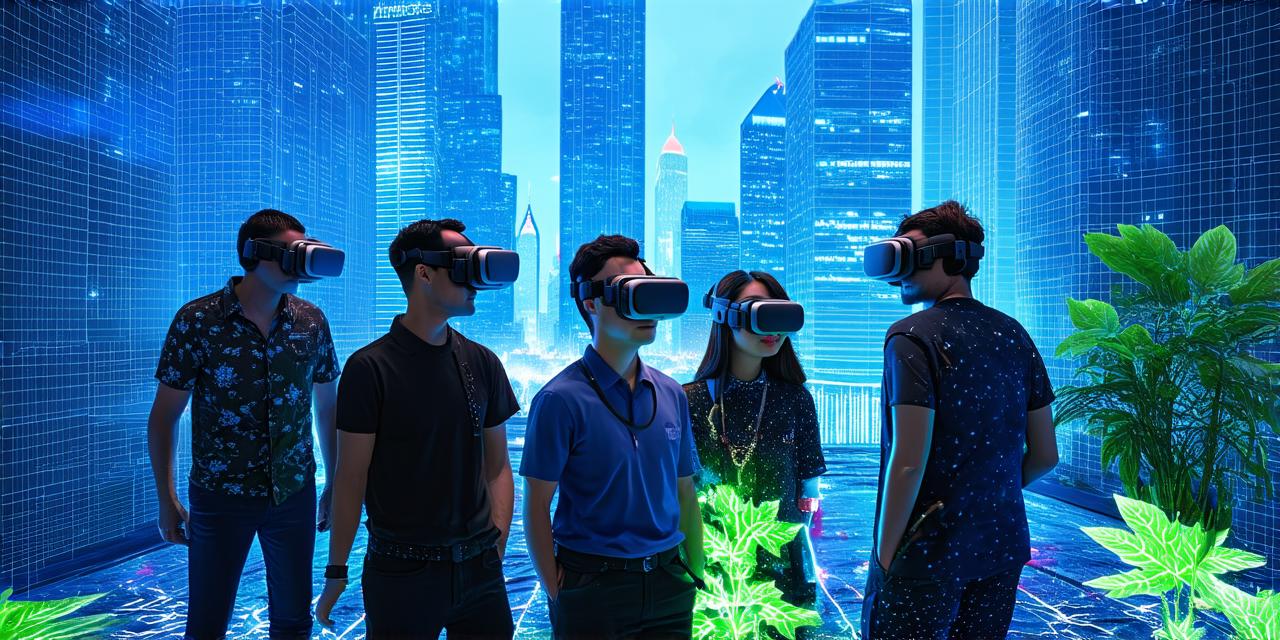Here’s the corrected HTML code for the article:
Virtual reality (VR) has come a long way since its inception, with advancements in technology bringing us closer to achieving complete immersion. In this article, we will explore the current state of VR and how close we are to realizing our dream of fully immersive virtual worlds.
First, let’s look at the current state of VR hardware. While there have been significant improvements in both display resolution and field of view, there are still limitations in terms of tracking and input. Currently, most VR headsets rely on external sensors to track movement, which can result in lag and disorientation for users. Additionally, hand tracking is still a relatively new technology that is being refined by manufacturers such as Oculus and HTC.

Next, let’s consider the software side of things. While there have been some impressive advancements in VR gaming and interactive experiences, there are still many challenges to overcome. For example, creating realistic environments and objects requires a significant amount of processing power, which can limit the overall performance of VR applications. Additionally, the lack of standardization in VR software means that developers must create separate versions for each platform, adding to development costs.
Now, let’s take a look at some of the breakthroughs that have been made recently. One of the most exciting developments in VR is the use of haptic feedback technology to simulate touch and interaction within virtual environments. This technology has the potential to greatly enhance immersion and make virtual worlds feel more realistic. Another area of research is the development of eye-tracking technology, which could allow users to interact with virtual objects using only their eyes.
Finally, let’s consider some of the challenges that still need to be overcome. One of the biggest obstacles to achieving complete VR immersion is the issue of motion sickness. While many people experience motion sickness when using traditional VR headsets, researchers are working on developing new technologies to reduce or eliminate this problem entirely. Additionally, as we continue to push the boundaries of what is possible with VR, there will inevitably be new challenges that arise, requiring ongoing research and innovation to overcome them.
In conclusion, while we have come a long way in terms of VR hardware and software, achieving complete immersion in virtual worlds is still a ways off. However, with ongoing research and development, we are getting closer every day to realizing our dream of fully immersive virtual experiences.
